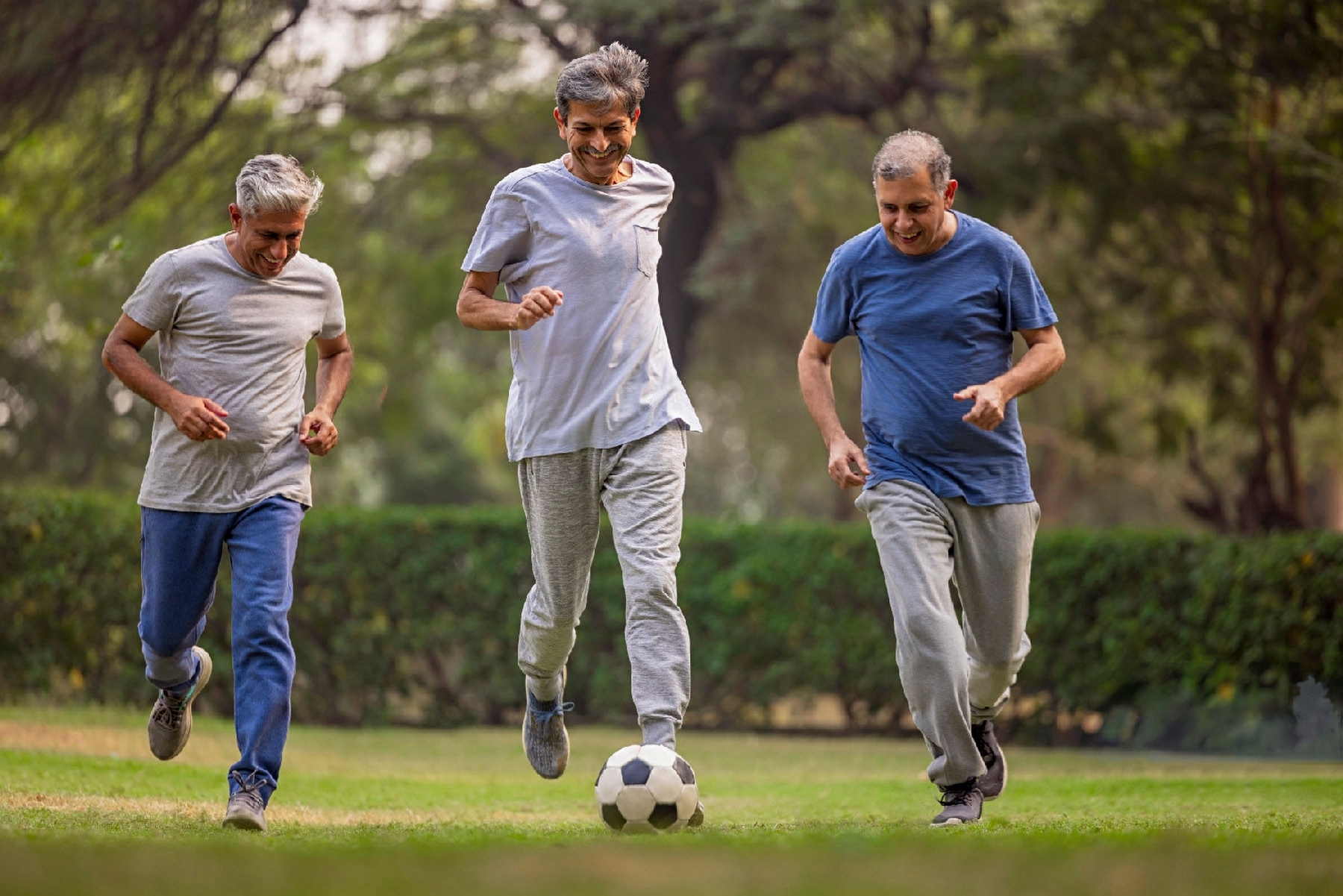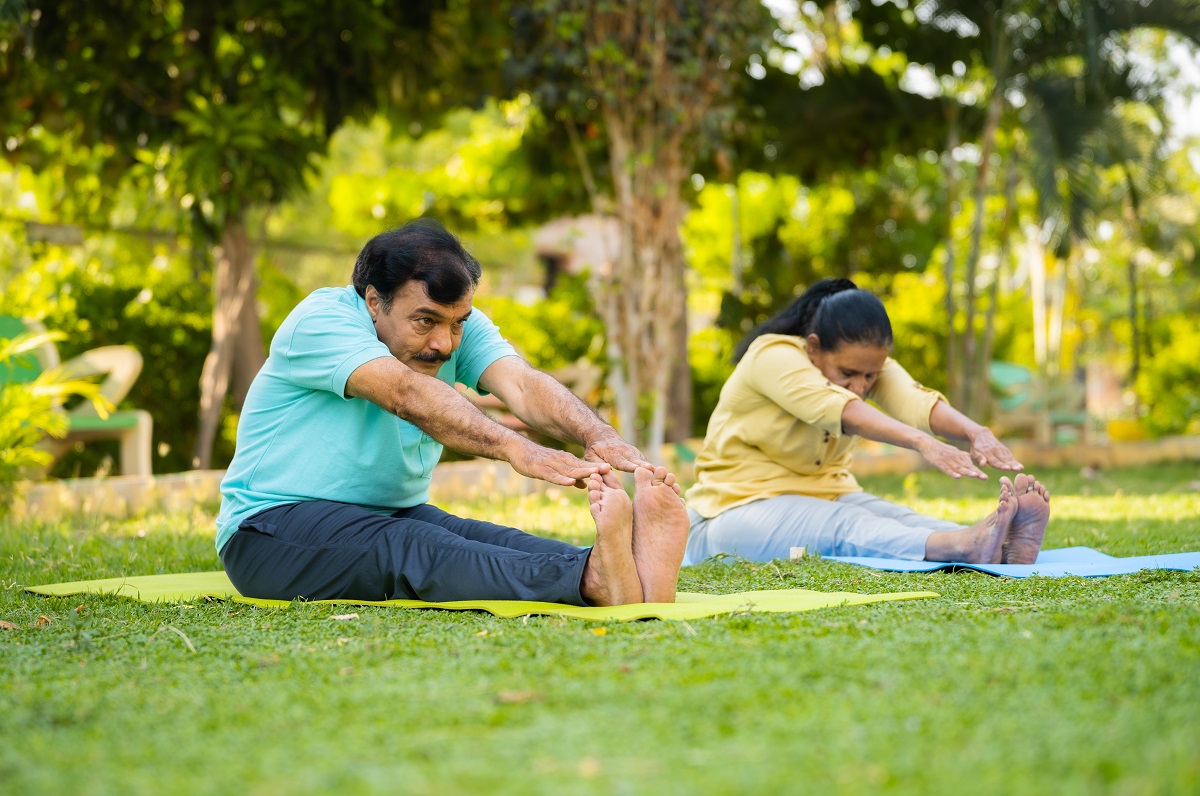Making a house more elderly-friendly involves creating a safe and comfortable environment that accommodates the needs and limitations of older individuals. Here are some changes and modifications you can consider:
- Remove Trip Hazards:
- Secure loose rugs or remove them altogether.
- Eliminate clutter and keep pathways clear.
- Ensure there are no exposed cords or wires.
- Install Handrails and Grab Bars:
- Install handrails along staircases and in hallways. Add grab bars in bathrooms near the toilet and in the shower or bathtub. Improve Lighting:
- Increase the brightness of light fixtures. Use motion-activated lighting in hallways and bathrooms. Ensure easy access to light switches.
- Widen Doorways: Make doorways wider to accommodate wheelchairs or walkers if necessary.
- Non-Slip Flooring: Replace slippery flooring with non-slip options, especially in bathrooms and kitchens.
- Bathroom Modifications: Install a walk-in shower or a bathtub with a low step-in. Raise the height of the toilet or install a raised toilet seat. Ensure adequate space for a wheelchair or walker in the bathroom.
- Kitchen Adjustments: Lower countertops to a comfortable height. Install pull-out shelves in cabinets for easier access. Replace traditional faucet handles with lever handles.
- Accessibility Ramps: If there are steps leading to the house, consider installing ramps with handrails.
- Single-Level Living: Whenever possible, try to have the essential living areas (bedroom, bathroom, kitchen) on a single level to reduce the need for stairs.
- Anti-Scald Devices: Install anti-scald devices in showers and sinks to prevent burns.
- Smart Home Technology: Use smart home technology for remote control of lighting, heating, and security systems.
- Comfortable Seating: Provide sturdy, comfortable chairs with armrests to make sitting and standing easier.
- Elevated Electrical Outlets and Switches: Raise the height of electrical outlets and switches to reduce bending and reaching.
- Handicap-Accessible Entrance: Create a step-free, wheelchair-accessible entrance.
- Door Handles: Replace round doorknobs with lever-style door handles for easier gripping.
- Adequate Hand Space: Ensure there is enough space for a wheelchair or walker to maneuver throughout the house.
- Emergency Alerts: Install an emergency alert system that can be easily activated by the elderly person in case of an emergency.
- Adequate Seating in Showers: Consider installing fold-down shower seats.
- Easy-to-Read Thermostats and Controls: Make sure thermostats and other controls are easy to read and operate.
- Emergency Exit Plan: Create a clear and easy-to-follow emergency exit plan for the home.
Before making these changes, it’s essential to consult with the elderly person to understand their specific needs and preferences. You might also want to consider professional assistance from an occupational therapist or an aging-in-place specialist who can provide personalized recommendations for making the house more suitable for the individual’s needs.




